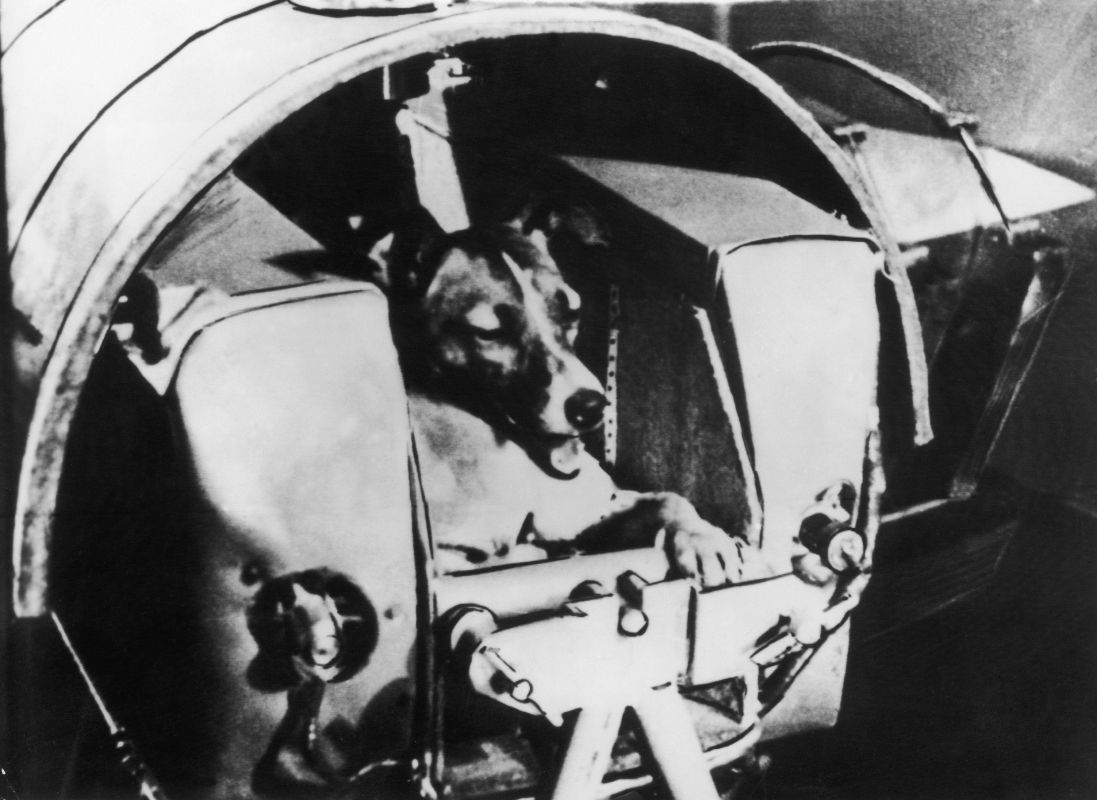Sixty years ago this month, Sputnik 2, the Soviet spacecraft, crashed into Earth’s atmosphere. It had a sole passenger: a street dog named Laika, who involuntarily fulfilled a canine suicide mission. Laika was the first living creature to orbit space, and though the ending of her story is very sad, she the husky-spitz mix has repeatedly found a new life in popular culture. According to Smithsonian Magazine, Soviet engineers planned Sputnik 2 —Sputnik 1 had made history as the first man-made object in Earth’s orbit — after Premier Nikita Khrushchev requested a flight to coincide with November 7, 1957, the 40th anniversary of Russia’s Bolshevik Revolution. The engineers expected Laika to die from oxygen deprivation after seven days in space. This is a painless death that takes within 15 seconds. She was sent with just one meal because engineers wanted to keep the ship’s 1,120-pound payload, six times as heavy as Sputnik 1, within a certain limit.
In order to find Laika, researchers gathered a herd of stray female dogs and put them through tests. Before the flight, one of her keepers, Vladimir Yazdovsky, took 3-year-old Laika to his home so that he could “do something nice for the dog,” Smithsonian reports. She was fitted with medical devices to monitor heart impulses, breathing rates, blood pressure and physical movement. Though the Soviet Union kept up the fiction that Laika survived on the flight for several days, Russian medical doctor and space dog trainer Oleg Gazenko revealed in 1993 that she died “soon after launch.” Sputnik 2 continued to orbit for five months.
Thanks for reading InsideHook. Sign up for our daily newsletter and be in the know.


















